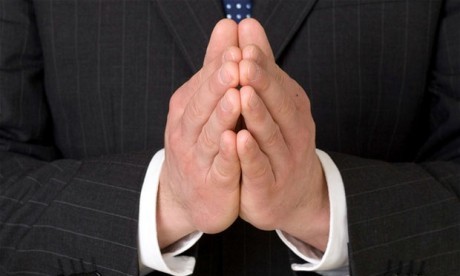I’ve been thinking about the most wonderful keyhole in the world as debates about public prayer have been on the agenda of city council meetings in Bideford, England and Whanganui, New Zealand.
To look through this keyhole you have to go to Rome and walk up the Aventine Hill until you get to the front door of the Knights of Malta. Instead of knocking on the door, bend down and put your eye to the keyhole. It will take a while but eventually an astounding view of St Peter’s Basilica will appear through an avenue of trees. The trouble is, if you tried to understand the Vatican from that one perspective you’d be way off beam.
Trying to understand prayer in the public arena is equally troubling. There seem to be two theological issues worrying councillors. The first assumes prayer is a petition to a particular kind of God who may, or may not grant human requests. In human development terms this is God created in human form, usually living in the clouds with the added benefit of supernatural powers.
Michelangelo’s beautiful painting The Creation of Adam springs from this literal interpretation and has helped embed it in the human psyche. However, it presents a one-dimensional God too lacking in nuance and subtle tones to make much ongoing sense to humanity.
The second vexing issue for the politicians is whether or not prayer is the property of the Christian church. If so, then the view is that it must be removed from council business lest the church influence matters of state. Fair enough. Kiwis and Brits value a secular society that allows for a wide variety of religious views to co-exist.
However, times, traditions and perceptions have changed. Prayer is not, and has never been, the property of any church or particular religious tradition. Ways of understanding God are moving on from Michelangelo towards a more subtle exploration of the mystery that threads its way through the universe. A human journey that pre-dates the Christian church and has always used poetry, art, mythology, story and music to reach for what remains tantalisingly out of reach. Read more
Sources
- Sande Ramage in Vaughan Park and Spirited Crone
- Image: The Telegraph
